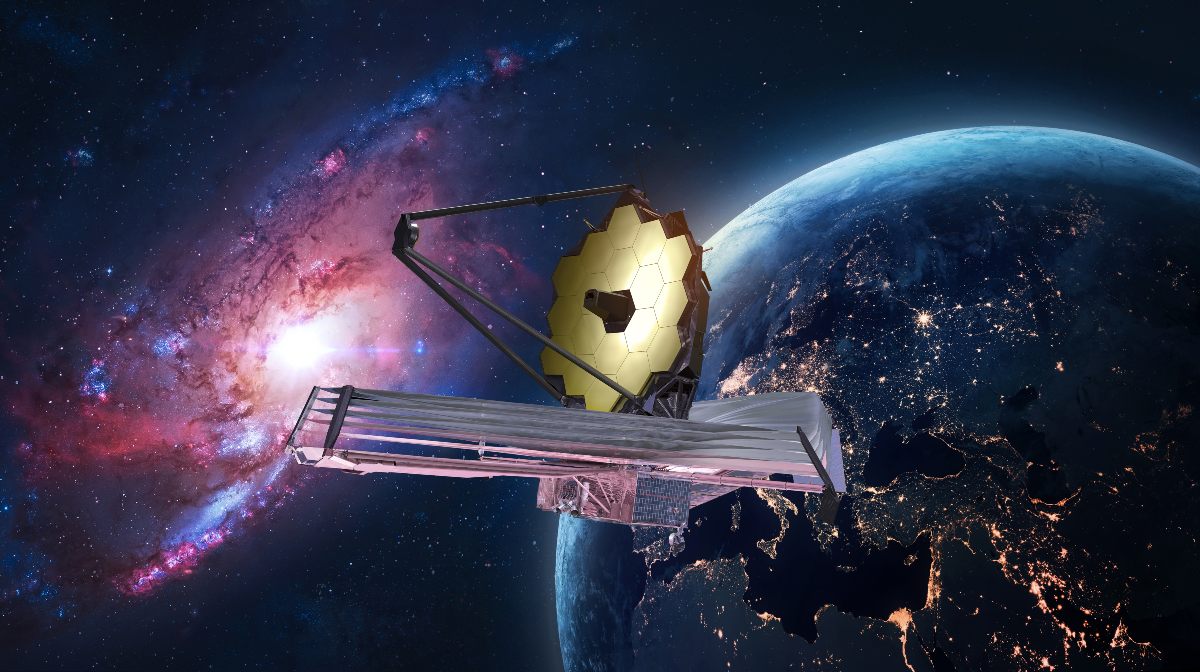NASA and the U.S. Army are developing a nuclear-powered rocket engine with the goal of reducing travel times and reaching longer distances. The plan is to use it from the year 2027 and they assume that it will revolutionize travel in the cosmos of the future.
The project in question is a collaboration between NASA and the Defense Advanced Research Projects Agency (DARPA). This program is called DRACO ( Demonstration Rocket for Agile Cislunar Operation) and they plan to apply it to manned missions to Mars.
Why use nuclear propulsion rockets?
These types of rockets have many advantages, as the ships can travel faster and are also more fuel efficient. It also increases the load capacity of people and objects. It is hoped that this will enable Nasa’s goals of traveling from the Moon to Mars with manned missions to be met.
The possibility of faster travel also makes it possible to reduce the risks for astronauts. Reducing travel times is essential for long journeys such as those to Mars, which require more supplies and more robust systems.
Nuclear-powered rockets also have the advantage of greater scientific payload capacity and more power for instruments and communication tools.
Are nuclear-powered rockets safe?
In the face of doubts about the use of nuclear technology, NASA and DARPA reported that the rocket will be safe for both astronauts and people on the ground. In the case of astronauts, safety has to do with the fact that faster travel means less time exposed to cosmic rays, which are very harmful.
In addition to this, it should be noted that the nuclear systems of these rocket engines would not be used in the launch. Its operation will be of hybrid type, since it will be chemical rockets that will launch the spacecraft. The nuclear propulsion engines would only come into operation when the rocket is at an altitude in space between 400 miles (643 kilometers) and 1300 miles (2092 kilometers). This ensures that radioactive material will not enter the atmosphere.
The greatest risk lies in the testing of the engine on land. For greater security, appropriate facilities will have to be built or existing ones modified.
NASA and DARPA have collaborated together before, for example, on the Saturn V rocket that carried astronauts to the Moon. This time, NASA will be in charge of the technical development of the nuclear engine, which will be integrated with the DARPA spacecraft. Finally, the two agencies will collaborate on the assembly of the nuclear-powered rocket engine and its commissioning by 2027.
It should be noted that NASA has other projects involving nuclear technologies to take advantage of them in different ways. This is a type of technology that could be a game changer in space exploration and make manned deep space travel possible.




